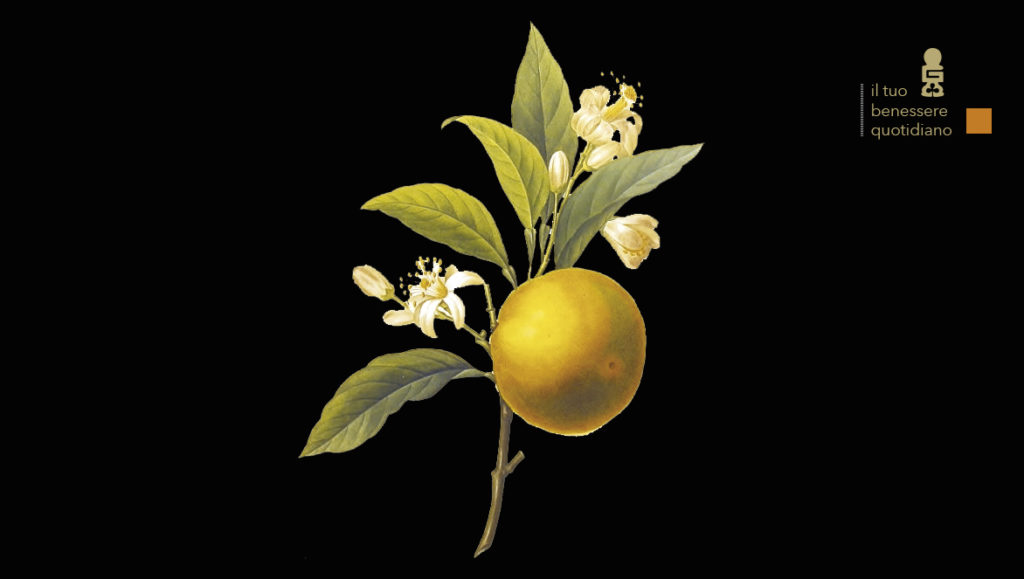Citrus reticulata Blanco
Bhutan is a small Himalayan region between China and India. This area is most likely believed to be the region of origin of citrus fruits in general, given the rich variability of citrus species that exists, and in particular tangerines. Citrus reticulata Blanco belongs to the Rutaceae family. Tangerine peel(Peel), much used in Traditional Chinese Medicine is the outer part of the pericarp of the ripe or nearly ripe fruits of Citrus reticulata Blanco.
At an initial phytochemical screening we can note the presence of tannins, flavonoids, glycosides, and terpenoids. Currently, there is much interest in citrus fruits because their consumption seems to be associated with a low risk of cardiovascular disease, obesity. Of course, phytochemical interest is concentrated in tangerine peel because it contains the highest level of vitamin C, flavonoids, and antioxidants compared to its juice.
In fact, the ripe and dried peel of Citrus reticulata has been registered in the Chinese Pharmacopoeia and authorized specifically for medicinal use. It is used in this context because it refreshes and cleanses from excess heat, opens and fortifies the stomach by directing digestion downward.
At present it is understood that Citrus reticulata peel is and will be a perfect and effective source of various bioactive compounds. Remarkable economically may be the savings from their exploitation, as well as another eco-friendly way of looking at fruit in general. Starting with raising awareness for increasingly eco-friendly and clean crops. A small step to open the door and explore fruit wastes as new clinically biotherapeutic and food agents.
BIBLIOGRAPHY
Das A, Mondal B, Sarkar J, Chaudhuri S. Genetic resource survey of mandarin orange (Citrus reticulata Blanco) in the northeastern Himalayan region of India. Plant Genet Resour News. 2005;143:35
Edgar J Dasilva, Elias Baydoun, Adnan Badran: Biotechnology and the developing world. Electronic Journal of Biotechnology 2002;5(1):10-2225.
Levi f, Pasche C, La Vecchia F, Franceschis S: Food groups and colorectal cancer risk. British Journal of Cancer 1999; 79: 1283-1287.
